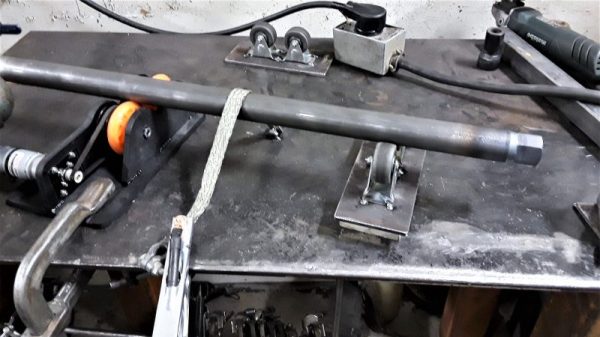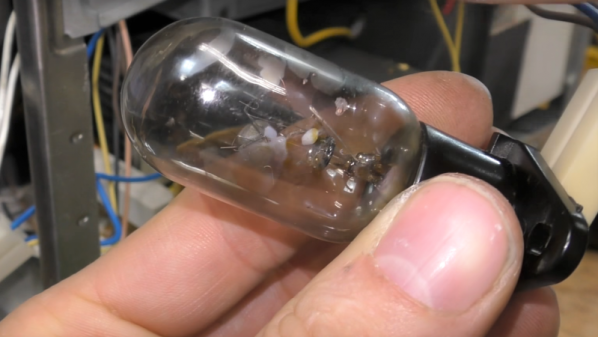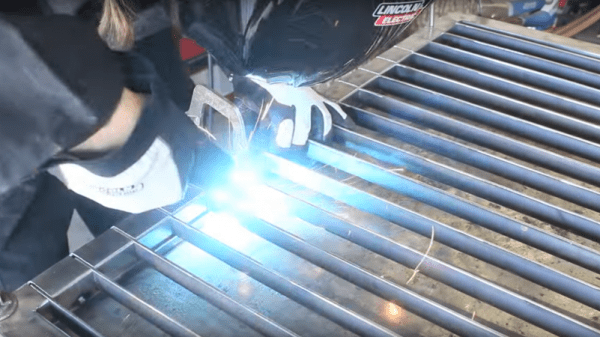If you polled science fiction fans on what piece of technology portrayed by the movies that they most desire, chances are pretty good that the lightsabers from the Star Wars franchise would be near the top of the list. There’s just something about having that much power in the palm of your hand and still needing to be up close and personal to fight with it. Plus being able to melt holes in bulkheads is pretty keen, as are the cool sounds.
Sadly, the day we can shape and contain plasma in a blade-shaped field is probably pretty far off, but that didn’t stop [Alan Pan] from trying the next best thing: a handheld plasma-projecting blade. He starts with a basic Jacob’s ladder. We’ve seen many of these before, but the basic idea is to ionize the air between two parallel, vertical conductors; the hot plasma heats the air causing it to rise until it reaches the top and snuffs itself out, starting the process over again at the bottom. His twist is to force the plasma into a sheet between the electrodes with air from a leaf blower, forming a blown-arc plasma. That’s pretty cool looking by itself, but he also stretched the electrodes along razor-sharp wood planer blades, for extra danger. We have to admit that the thing looks pretty intimidating, even if the plasma doesn’t really pack bulkhead-melting thermal power. Check out the results in the video below.
We’d love to see [Alan] make good on his promise to make the whole thing self-contained with an electric ducted fan or mini jet engine. Even as it is, it’s still pretty neat. It’s not really his first lightsaber rodeo, but at least this one doesn’t need butane.
Continue reading “Add Some Edge To Your Blades With Blown-Arc Plasma”

















